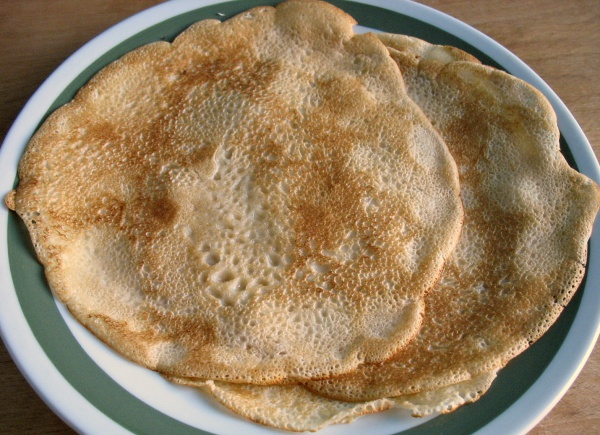Facts About Blini
Blini, sometimes referred to as blin, are traditional pancakes originating from Russia and Ukraine, crafted from wheat or buckwheat flour. They are typically enjoyed with an array of toppings such as sour cream (smetana), fresh cheese (tvorog), butter, and caviar. In Russia and Ukraine, blini are generally large and thin, but in Western countries, the term often describes smaller, savory pancakes.
In Russian culture, blini hold special significance, symbolizing the sun and traditionally prepared during Butter Week, also known as Maslenitsa. The batter can be either yeasted or unyeasted, accommodating various types of flour. In Jewish cuisine, a similar dish known as blintzes gained popularity in the United States, introduced by Jewish immigrants. These are thin pancakes folded and filled with ingredients like cheese or fruit.
In Ukraine, these pancakes are called mlyntsi and are typically enjoyed with sour cream, caviar, or sweet fillings. Another Ukrainian variant is nalysnyky, which are stuffed mlyntsi filled with a variety of ingredients and often served on special occasions.
Blini can be prepared and served in numerous ways, with fillings such as potatoes, fruit, meat, or mushrooms. They can also be garnished with butter, sour cream, jam, honey, or caviar. Buckwheat blini are a traditional variety in both Russian and Ukrainian cuisines. In Lithuania, blini are a significant dish during Shrove Tuesday.
Whether enjoyed sweet or savory, blini are a versatile and cherished dish with deep cultural roots in Eastern Europe.

 Norway
Norway